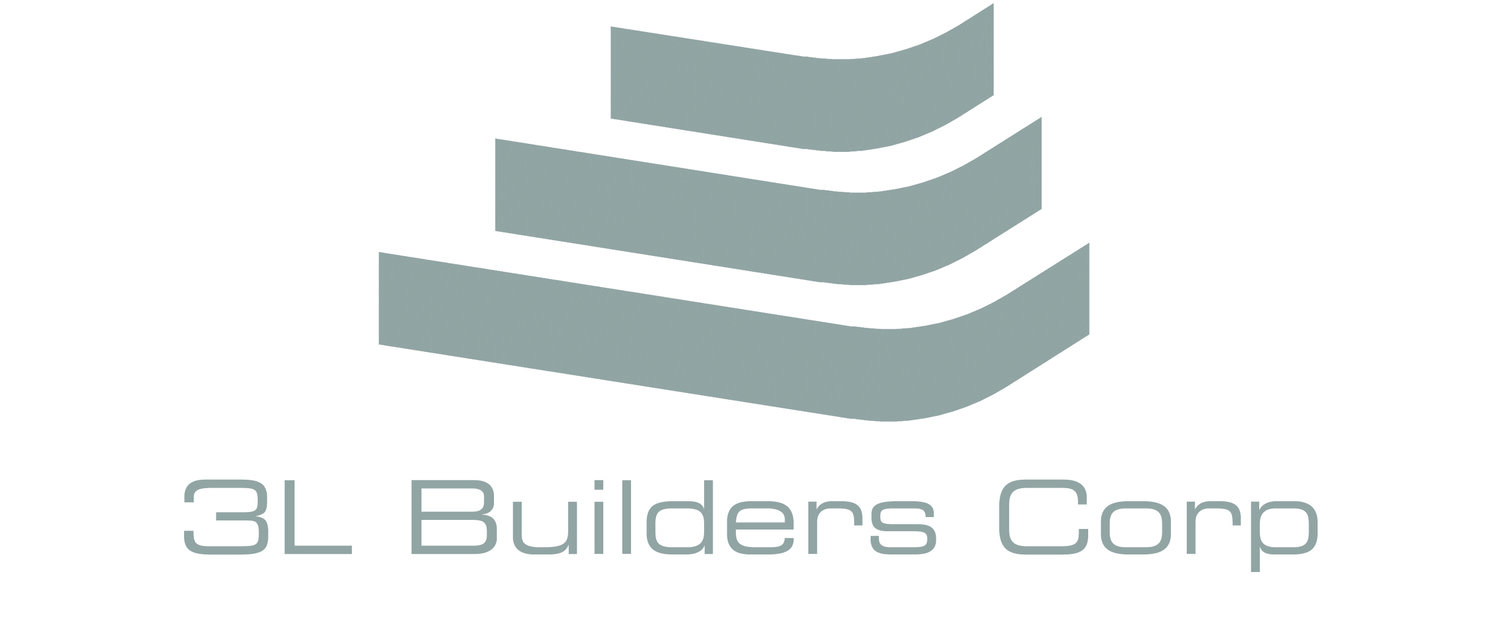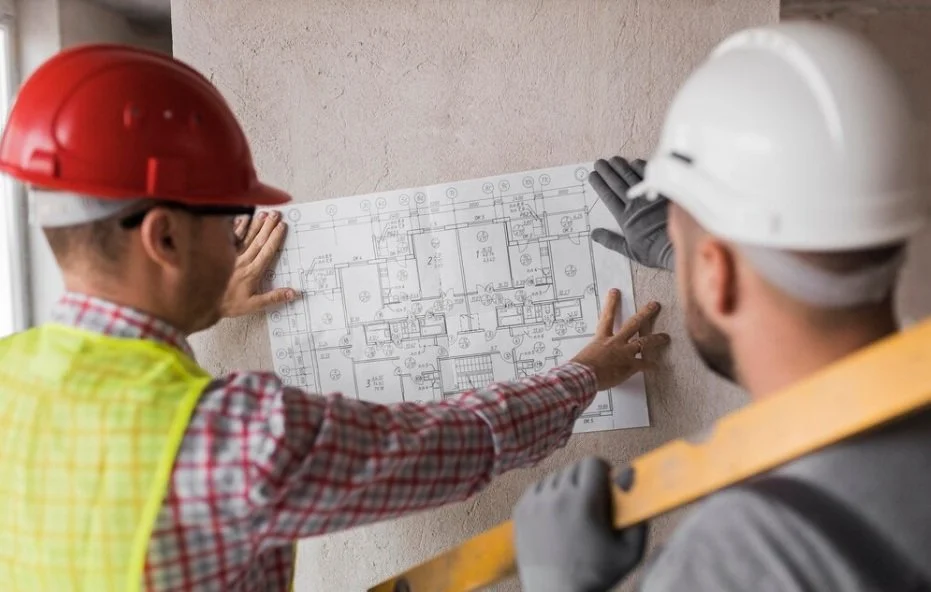Lean Construction Principles
Lean construction is a project delivery method that emphasizes maximizing value while minimizing waste. Originating from lean manufacturing principles, particularly the Toyota Production System, lean construction focuses on improving efficiency, reducing costs, and enhancing collaboration among all project stakeholders. This approach aims to create a more streamlined, effective construction process, benefiting not only the project team but also clients, contractors, and the community as a whole.
One of the core tenets of lean construction is the principle of "value maximization." In lean construction, value is defined from the perspective of the customer or end user, and all activities are geared toward delivering the highest value possible. By focusing on what truly matters to the client—whether that’s cost savings, timeliness, or quality—construction teams can eliminate activities that don’t add value, ultimately optimizing the construction process.
The reduction of waste is another cornerstone of lean construction. Waste is defined in lean as any activity or resource that doesn’t contribute directly to the creation of value. This includes inefficiencies like delays, unnecessary materials, excessive movement, and overproduction. By reducing waste, construction teams can achieve faster project completion times, fewer errors, and lower costs, all of which lead to a more profitable project and a higher quality final product.
In addition to reducing waste, lean construction also emphasizes improving overall efficiency. This is achieved by optimizing workflows, streamlining communication, and ensuring that resources are allocated effectively. Lean practices aim to eliminate bottlenecks, ensuring that construction teams can work seamlessly, without interruptions or unnecessary delays. This improved flow of work leads to faster decision-making, quicker project delivery, and a more productive construction environment.
Another key aspect of lean construction is enhancing collaboration between all project stakeholders. This includes architects, engineers, contractors, suppliers, and clients. Lean construction encourages an open flow of communication and promotes teamwork to solve problems collectively. The greater the collaboration, the more likely it is that issues will be identified early and resolved before they impact the project timeline or budget.
By integrating lean principles, construction projects can see significant improvements in quality, efficiency, and cost-effectiveness. Lean construction not only benefits the project at hand but also contributes to a culture of continuous improvement in the construction industry as a whole. This results in a more sustainable approach to building and a better overall experience for all parties involved.
Core Principles
Lean construction is built upon several core principles:
Value Definition: Clearly defining what constitutes value from the client's perspective ensures that all project efforts align with delivering this value.
Value Stream Mapping: Identifying and analyzing all actions (value-creating and non-value-creating) in the project's workflow to eliminate waste and optimize processes.
Flow Creation: Ensuring a smooth, uninterrupted flow of work by eliminating bottlenecks and delays, leading to faster project completion times.
Pull System Implementation: Producing work based on demand rather than forecasts, ensuring that resources are used efficiently and only when needed.
Pursuit of Perfection: Continuously striving for improvements in processes, quality, and efficiency, fostering a culture of ongoing enhancement.
Benefits of Lean Construction
Implementing lean construction principles offers numerous advantages:
Reduced Waste: By identifying and eliminating non-value-adding activities, projects become more efficient.
Cost Savings: Optimized processes lead to reduced expenses and better resource utilization.
Improved Quality: A focus on continuous improvement enhances the overall quality of the construction work.
Enhanced Collaboration: Lean construction promotes teamwork and communication among all project participants, leading to better outcomes.
Faster Project Delivery: Streamlined processes and reduced delays result in quicker project completion.
Implementation Strategies
To successfully implement lean construction principles, consider the following strategies:
Training and Education: Ensure that all team members understand lean concepts and their roles in the process.
Collaborative Planning: Engage all stakeholders in the planning process to align goals and expectations.
Continuous Monitoring: Regularly assess project performance and make adjustments as necessary to maintain lean practices.
Feedback Loops: Establish mechanisms for receiving and acting upon feedback to foster continuous improvement.
Lean construction principles offer a transformative approach to managing construction projects. By focusing on value, eliminating waste, and fostering collaboration, projects can achieve greater efficiency, cost-effectiveness, and quality. Adopting these principles requires commitment and a shift in mindset but can lead to significant improvements in project outcomes. This approach to construction represents a fundamental change in how projects are conceived, planned, and executed, and it emphasizes continuous improvement as the key to long-term success.
At the core of lean construction is the idea of maximizing value for the client or end user. Lean construction defines value as what the customer is willing to pay for. By focusing solely on the elements of the project that contribute to that value, all other activities, resources, and time-consuming tasks are considered waste. For example, if a project is delayed due to poor coordination or unnecessary processes, this time spent does not add value and is classified as waste. By identifying and eliminating waste, lean construction creates a more efficient and effective workflow.
Lean construction also emphasizes the importance of collaboration. Traditional construction methods often involve various isolated teams working in silos, with minimal communication between stakeholders. In contrast, lean construction fosters an environment of collaboration and communication, bringing together architects, engineers, contractors, suppliers, and clients from the beginning of the project. This collaboration allows for a shared understanding of goals and objectives, improving coordination and reducing the likelihood of misunderstandings or errors during the construction process.
Another crucial principle of lean construction is the elimination of inefficiencies in the construction process. This principle is based on the idea that inefficiency leads to increased costs, delays, and waste. Lean construction encourages teams to continuously evaluate the processes involved in construction and identify opportunities for improvement. Whether it's refining a project timeline, optimizing the supply chain, or simplifying workflows, these efficiencies can lead to reduced costs and faster project completion times.
Furthermore, lean construction principles advocate for transparency and open feedback loops. In traditional construction projects, feedback is often given too late, which can result in costly corrections and delays. Lean construction prioritizes real-time feedback, allowing teams to address issues as they arise, rather than after they’ve become bigger problems. This feedback culture encourages continuous learning and allows construction teams to improve processes and outcomes progressively.
One of the key benefits of adopting lean construction principles is the improvement in the quality of the final product. When waste is reduced, coordination is enhanced, and efficiency is maximized, the result is often a higher quality build that meets or exceeds expectations. This improvement in quality also extends to client satisfaction, as the completed project is more likely to be delivered on time, within budget, and without the need for costly revisions or rework.
Implementing lean construction requires a shift in mindset, both from a project management perspective and at the level of individual team members. It requires a commitment from everyone involved to continuously question existing practices, eliminate unnecessary steps, and foster collaboration and open communication. The change may initially be challenging for teams that are accustomed to traditional methods of construction, but the long-term benefits far outweigh the effort.
In conclusion, lean construction is not just a set of principles but a mindset shift toward efficiency, value, and continuous improvement. By embracing these principles, construction projects can achieve better outcomes in terms of cost, time, and quality. The implementation of lean construction can lead to a culture of collaboration, innovation, and high performance, ultimately transforming the way the construction industry approaches project delivery.


